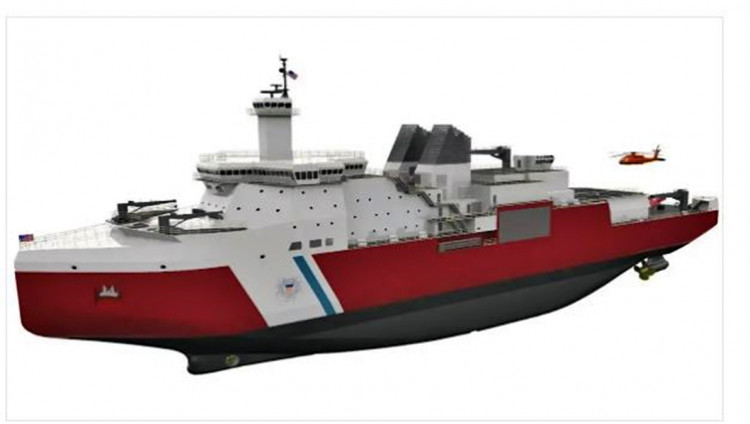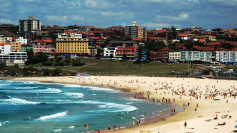The U.S. won't build nuclear-powered icebreakers for Arctic duty - leaving Russia the world's leader in these specialized vessels and free to exploit the region.
A U.S. nuclear-powered icebreaker isn't possible at this time because of other demands on the Coast Guard, its commandant Adm. Karl Schultz said.
The Coast Guard has two operational icebreakers. The Polar Star, America's only heavy icebreaker, was commissioned in 1976. A medium icebreaker, Healy, is the country's largest and most technologically advanced - as well as the Coast Guard's largest vessel.
Schultz said the Coast Guard and Navy had discussed icebreaking capability but decided against it.
"That capability - the ability to operate that in the Coast Guard - that just doesn't exist nor can we build out to that with all the demands on our plate," Schultz said.
Schultz is concentrating on the "six-three-one strategy" for icebreakers. "Six-three-one is that we need a minimum of six icebreakers. Within that six, three need to be heavy, or polar security cutters as we call them. And we need one now," he said.
The 140-meter-long polar security cutter should be able to break through ice 2 meters thick at 3 knots (5.6 kilometers an hour). The Arctic security cutters will be designed to plow through ice 1.4 meters thick.
Construction on the first polar security cutter is slated to start this year. Both classes will mount autocannons and will later be armed with missiles.
The Coast Guard's decision to not build nuclear icebreakers leaves the area free for the Russians and Chinese. In September 2020, the Russian nuclear-powered icebreaker "Arktika," the world's largest, made her maiden voyage from Saint Petersburg to Murmansk. She can break ice 2.8 meters thick.
The Arctic has oil and gas reserves equivalent to 412 billion barrels of oil, or 22% of the world's undiscovered oil and gas.






